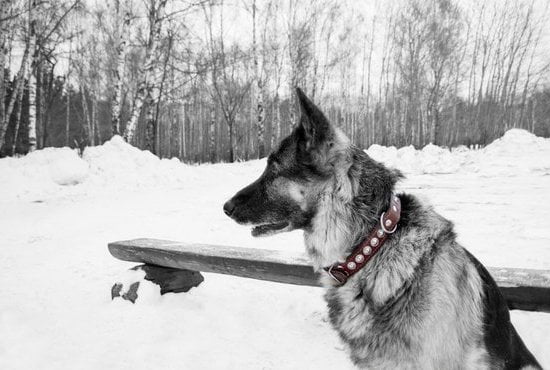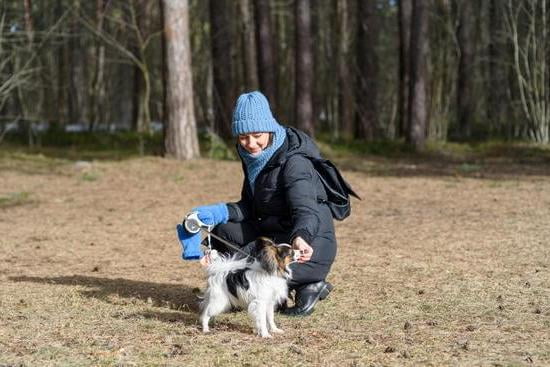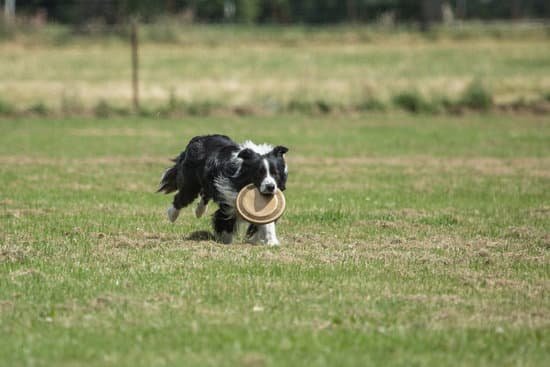If you have a rescue dog with separation anxiety, crate training can be a lifesaver. Dogs with separation anxiety often become destructive or vocal when left alone. Crate training can help to alleviate these behaviors by providing your dog with a safe and comfortable place to relax.
The key to successful crate training is to make the crate feel like a positive place for your dog. Start by feeding your dog all of their meals in the crate. Once your dog is comfortable eating in the crate, begin to slowly increase the amount of time they spend in the crate. Once your dog is spending long periods of time in the crate without any issues, you can start to use the crate as a way to calm your dog during periods of separation.
If your dog has a history of being destructive or vocal when left alone, you may need to keep the crate in a separate room from the rest of your home until your dog is fully trained. This will help to prevent your dog from becoming anxious and destructive in the presence of other people and animals.
If you are consistent with crate training, your dog will soon learn to associate the crate with safety and comfort. This will help to reduce or eliminate their separation anxiety behaviors.
How To Crate Train Your Dog At Night
Crate training is an essential part of owning a dog. It can be used to housetrain your dog, to keep them safe when you can’t supervise them, and to give them a place to go to calm down. Crate training can be especially useful for dogs who are prone to separation anxiety or who have a lot of energy.
When crate training a dog at night, it’s important to set up a routine and to be consistent with it. The first step is to choose a time when you will be able to put your dog in their crate and not have to worry about them getting out. Once you’ve chosen a time, put your dog in their crate and give them a treat. Once they’re calm, close the crate door.
If your dog starts to whine or bark, wait until they’re quiet before opening the crate door. If they continue to make noise, wait a little longer before opening the door. If your dog is calm and quiet when you open the crate door, give them another treat and let them out.
Continue this routine every night until your dog is comfortable staying in their crate overnight. Once they’re comfortable, you can start to lengthen the amount of time they spend in the crate. If your dog starts to whine or bark, you can always put them back in their crate for a little longer.
Crate training can be a valuable tool for dog owners, and can help to make life easier for both you and your dog. By following a routine and being consistent, you can help your dog to feel comfortable and safe in their crate.
Crate Training Your Dog At Night
One of the most important things you can do for your dog is to crate train them. Crate training helps dogs feel safe and secure, which can make them better behaved overall. It’s also a great way to potty train your dog, as they will not want to soil their crate if they can help it.
One of the most important things to remember when crate training your dog is to never use the crate as a punishment. Dogs should see the crate as a place of comfort and safety, not a place of punishment.
When you are crate training your dog, you should start by putting them in the crate for very short periods of time. Gradually increase the amount of time they spend in the crate until they are able to stay in there for hours at a time.
If your dog is having a hard time adjusting to the crate, you can put a favorite toy or treat in the crate with them to make it more comfortable. You can also try covering the crate with a blanket to make it feel more like a den.
If your dog is having a hard time going to the bathroom while in the crate, you can try taking them outside every hour or so to help them get used to going to the bathroom in a specific spot.
Crate training your dog at night is a great way to help them feel safe and secure while you are asleep. It can also help prevent them from having accidents in the house. Follow these tips to crate train your dog at night and you will be sure to have a happy and well-behaved dog!
Do You Need To Crate Train A Dog
?
The answer to this question is a resounding YES! Crate training is an essential tool for every dog owner. There are a number of reasons why crate training is so important.
The most obvious reason to crate train your dog is for housetraining. A crate provides a small, enclosed space that your dog can call his own. This space gives him a place to go when he needs to relieve himself, which makes housetraining much easier.
Crate training can also be helpful for dogs who are prone to destructive behavior. When your dog is confined to his crate, he can’t chew on your furniture or dig up your plants. The crate also serves as a place of refuge for your dog when he’s feeling scared or anxious.
Many people are hesitant to crate train their dogs because they think the crates are cruel. However, if you use a crate correctly, it can be a very beneficial tool for your dog. A crate should never be used as a punishment, but rather as a safe and comfortable place for your dog to relax in.
If you’re new to crate training, here are a few tips to help you get started:
– Start by introducing your dog to the crate slowly. Put a few treats inside the crate and let your dog take them out. Gradually increase the amount of time your dog spends in the crate, and don’t leave him in there for too long at first.
– Make the crate feel like a comfortable and safe place for your dog. Place a soft blanket or pillow inside the crate, and give your dog a toy to play with.
– If your dog seems hesitant to enter the crate, try coaxing him inside with a treat or a toy. If he still won’t go in, you can try placing the crate in a room where he spends a lot of time, such as the living room or bedroom.
– Once your dog is comfortable entering and spending time in the crate, you can start using it for housetraining purposes. Put your dog in the crate for a few minutes after he’s gone to the bathroom outside. As he becomes more proficient at going in the crate, you can gradually increase the amount of time he spends there.
How To Start Crate Training An Older Dog
If you’re crate training an older dog, you’re going to want to take a few things into account. First, your dog’s age and health. Older dogs may not be able to hold their bladders or bowels as long as younger dogs, so you’ll want to be prepared to let them out more frequently. Second, your dog’s temperament. Older dogs may be less patient with crate training and more prone to anxiety and stress. Third, your dog’s daily routine. If your dog is used to being free to roam your house during the day, you’ll need to gradually introduce them to the crate until they’re comfortable spending short periods of time inside.
If you’re prepared to take these things into account, crate training an older dog can be a great way to help them feel comfortable and safe in their home. The key is to be patient and to take things slowly. Here are a few tips to help you get started:
1. Start by introducing your dog to the crate in a positive way. Place a few treats inside the crate and let your dog go in and get them. Praise your dog when they do.
2. Once your dog is comfortable going into the crate, start closing the door for short periods of time. Start with just a few seconds and gradually increase the time.
3. If your dog starts to get anxious or stressed, give them a break and try again later. Crate training should be a positive experience for your dog, so don’t push them if they’re not ready.
4. Once your dog is comfortable spending short periods of time in the crate, start using it as a place to put them when you’re not home. gradually increase the amount of time they spend in the crate.
5. If your dog has an accident in the crate, don’t get discouraged. Just start again from the beginning and be more vigilant about taking them outside to relieve themselves.
Crate training can be a great way to help your older dog feel safe and secure in their home. Just be patient and take things slowly, and you’ll be able to successfully crate train your dog no matter their age.

Welcome to the blog! I am a professional dog trainer and have been working with dogs for many years. In this blog, I will be discussing various topics related to dog training, including tips, tricks, and advice. I hope you find this information helpful and informative. Thanks for reading!





